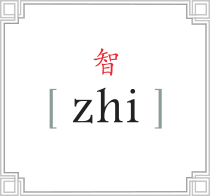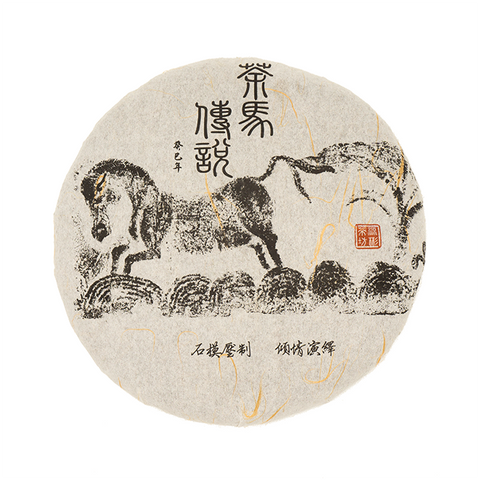Raw Puer: Tea Horse Trail Spring 2013 - LIMITED!!
The health benefits of pu-erh are numerous and profound.
Call us at 512-220-3839 for rare pu-erh cakes and tuo cha. We have many in stash we are aging and selling to hardcore pu-erh fans. Some of these teas we get from Yunnan ourselves when we travel there.
AKA Pu-er, Pu-erh
Hint: Shorter steep time for more sweetness.
Water: 208°F | Leaves: 1 tsp per 6 ounce cup | Infusion Time: 3-4 minutes
Basic Steeping Tips
- Use filtered or spring water, whenever possible
- Don’t overboil water
- Remove leaves after recommended time (adjust to taste)
- If you want stronger tea, use more leaves instead of steeping for a longer time
Leaves can be resteeped 2-3 times resulting in various flavor differences. Don’t throw out those leaves until they have given it all up!
Discover the mysterious tea with the unique flavor and numerous health benefits.
Highly recommended to experiment with the steeping times with this lovely loose-leaf Pu-erh. A short steeping time (~2 min) reveals a lovely complexity that is often lost in longer steep times.
Traditionally Pu-erh is steeped for very short times (with larger volumes of leaves) and up to 10 steepings is common!
See what works for you...Explore the world of Pu-erh.
Pu-erh is one of the oldest types of tea in China with a history of over 1700 years, tracing back to the Eastern Han Dynasty. During its height of popularity, the tea was freely traded even used as money for the bartering of goods. Pu-erh gets its name from the city of Pu-erh in south-western China where the trade for Pu-erh was conducted. Not far from Pu-erh are the areas of Xishuangbanna and Simou, where cultivation and processing of the tea is carried out today.
Pu-erh tea is well-known for its ability to undergo a post-fermentation process designed for further aging, similar to wine. The aging process allows the tea to develop added complexity in character. With active microbes living within the tea, pu-erh evolves with each passing year. This is the most fermented tea in China. It is traditionally compressed and packed into tea cakes or bricks to age, which originated from the natural aging process that happened in the storerooms of tea drinkers and merchants, as well as on horseback caravans on the Silk Road. This method eased horseback transportation and reduced the damage to the tea.






